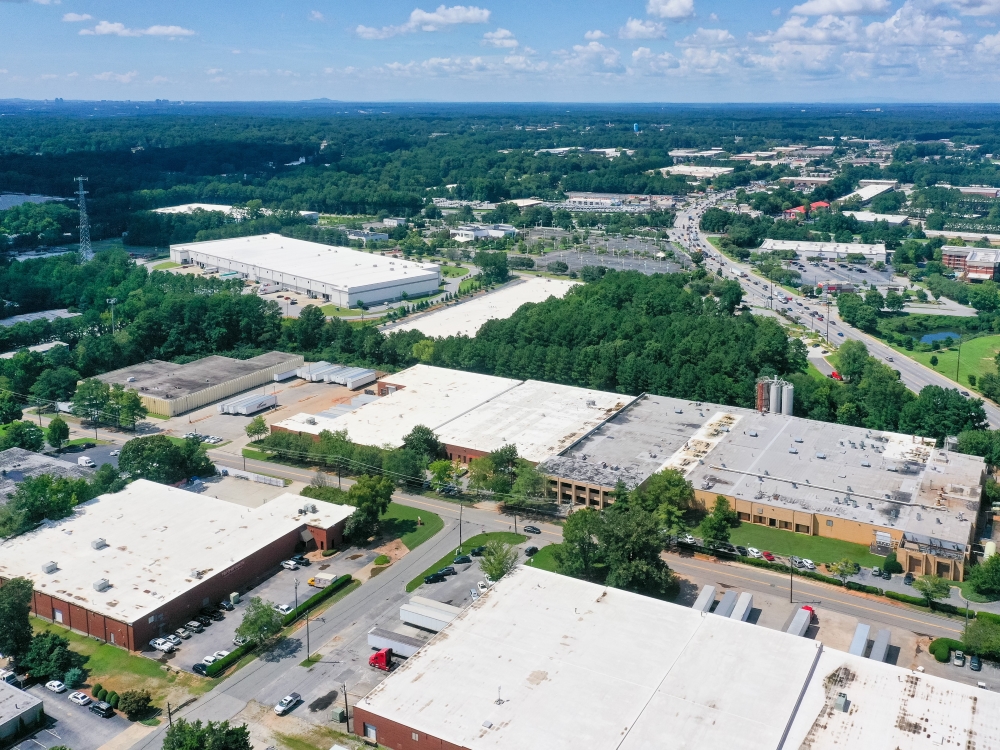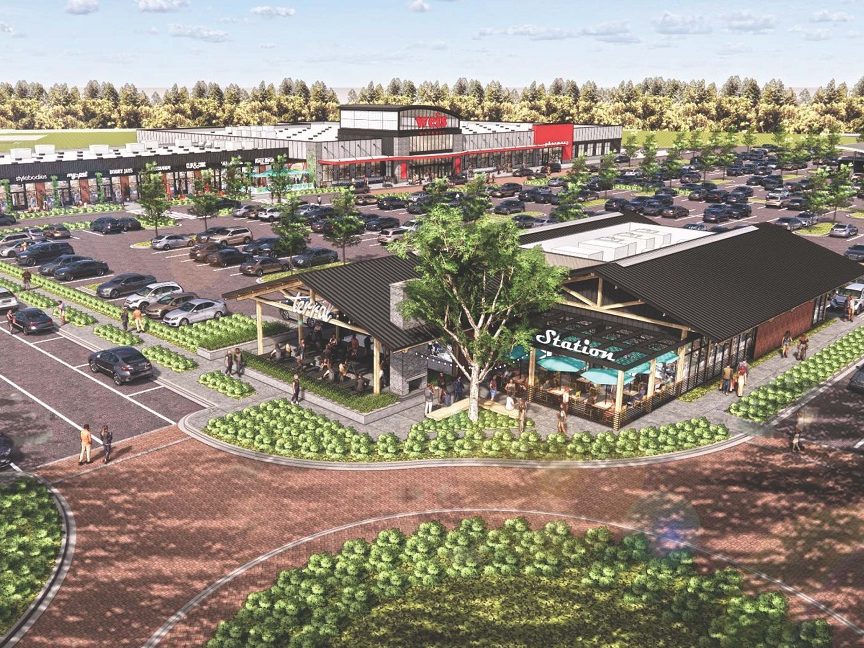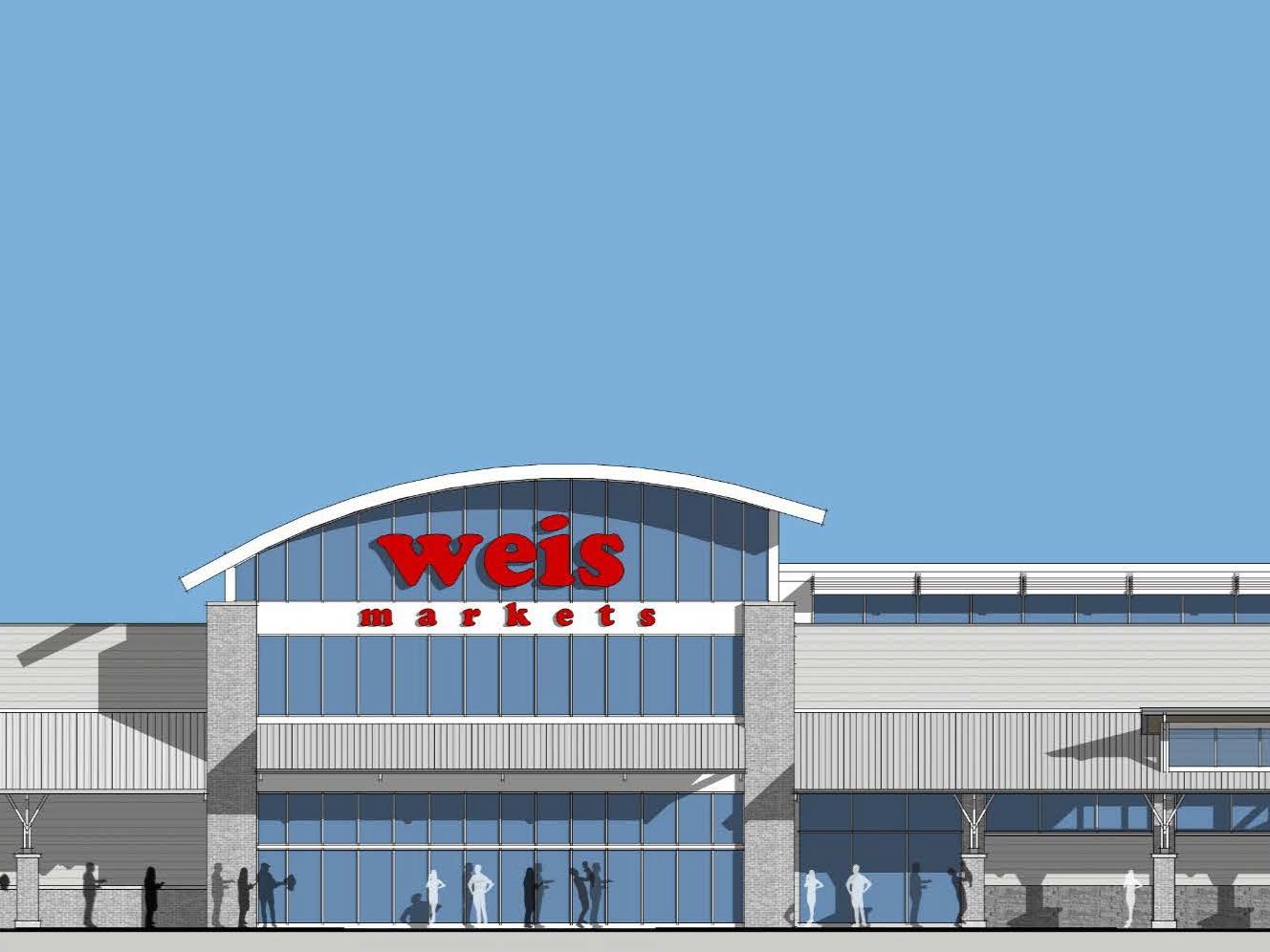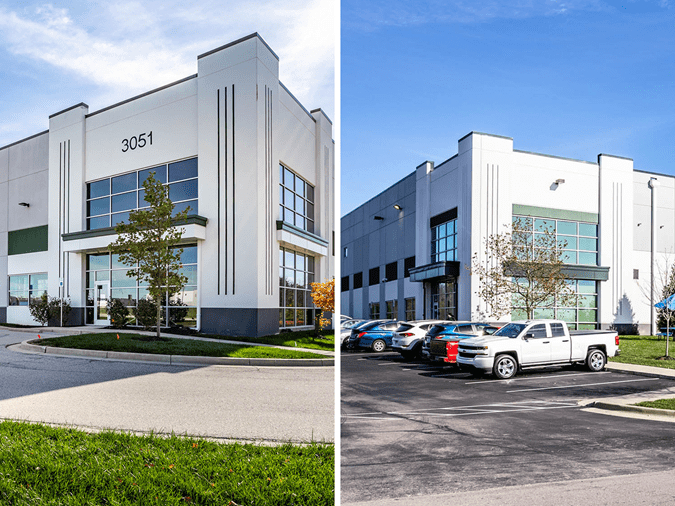Surviving the Retail Revolution: A Guide for Small Operators
Fluent Commerce’s Bill Friend reveals the key points behind a successful omnichannel strategy in the era of online shopping and why the customer-as-an-individual approach should be at the core of it all.
By Alexandra Pacurar
The changes in consumer trends have proved challenging for quite a few well-established department stores that continue to narrow down their physical presence. Surprisingly, these shifts represent an opportunity for smaller retailers who can fully grip such challenges and reorganize more easily. An omnichannel strategy, backed by efficient technologies as well as flawless customer service can actually lead to increased profits. Bill Friend, managing director & vice president of North America at Fluent Commerce, details the steps small business need to make to make the most of these trying times. The cloud software company focuses on order management for omnichannel merchants and count Samsung, eBay and Target among their clients.
From your knowledge and experience, how did the transformations in the retail sector impact smaller businesses?
Friend: With the widespread adoption of online shopping, where everyone can find most things they are looking for at very competitive—if not the best—pricing, small businesses that did not offer a compelling shopping experience or differentiated products simply could not survive. Amazon was the real game changer because it offered so many items with zero charge for shipping, making it more convenient to get many, if not most things, online.
How can smaller retailers manage these challenging times successfully?
Friend: The biggest improvements retailers can make to contend with these challenging times would be to make the shopping experience as convenient as possible and to deliver on promises. Most people will browse a retailer’s product offerings online before coming to the store or will browse on their mobile phone during the shopping trip itself. The experience across these channels needs to be consistent and unified to create customer engagement and loyalty. A retailer’s omnichannel strategy is therefore ever-more complex and needs to be seamless.
Providing a compelling and more personalized in-store shopping experience is also a must as customers expect to be recognized as individuals and rewarded. It is the high value and repeat customers that will be the difference between winning and losing for small retailers.
How can tech help smaller retailers march on during these tough times?
Friend: Investing in order management technologies that cross offline and online inventories is beneficial for retailers to ensure their approach to omnichannel is efficient. Leveraging store inventory (in addition to inventory in a warehouse or a distribution center) to fulfill online orders more quickly and more cost effectively is key to remaining competitive in today’s fast-moving retail environment. Enabling in-store pickup of orders is also critical to deliver on the shoppers’ expectation of convenience.
One key aspect is understanding availability of an item in-store when a shopper is browsing online. They may convert and purchase an item if they can go to the store and pick it up immediately or sometime soon in a timeframe acceptable to them.
How open are traditional retailers to using tech to manage their operations?
Friend: Traditional retailers are used to using technology for various aspects of their operations but are still in an early phase of the adoption lifecycle for technology that brings together the various channels shoppers use to interact with their brand—mobile, call center, laptop, in-store. Bottom line, store operations are still largely managed as a separate business, which is often the biggest barrier to growth and success.
So, those retailers that invest in technologies that support an omnichannel strategy, which enables them to utilize store stock in fulfilling orders, will outpace the others in the survival stakes.
What kind of resources are necessary to implement an order management technology?
Friend: The bulk of the implementation effort of our solution is done by ourselves and a partner. Our cloud native solution deploys in a matter of weeks versus the months of the traditional heavier systems, which are often not well suited for the smaller retailer. From the retailer’s perspective though, they will need to make several resources available during the implementation, which can help us understand what their priorities are and how their current business processes work. This is typically one or two people part-time job.
Users of our system will be using their existing desktop/laptop computer for customer service or other functions. Typically, the only thing needed are devices—iPads or phones—for in-store personnel who will be doing the pick and packing of orders.
What can we expect from the retail sector going forward? What are your predictions?
Friend: The three key factors that continue to drive consumer decision making—product range, price and convenience—are just as relevant as always, so if a retailer is missing any of these, its likely customers won’t shop with them. Retailers who embrace the importance of delivering a seamless brand experience across all the online and offline touch points will be the ones winning.
Image courtesy of Fluent Commerce









You must be logged in to post a comment.